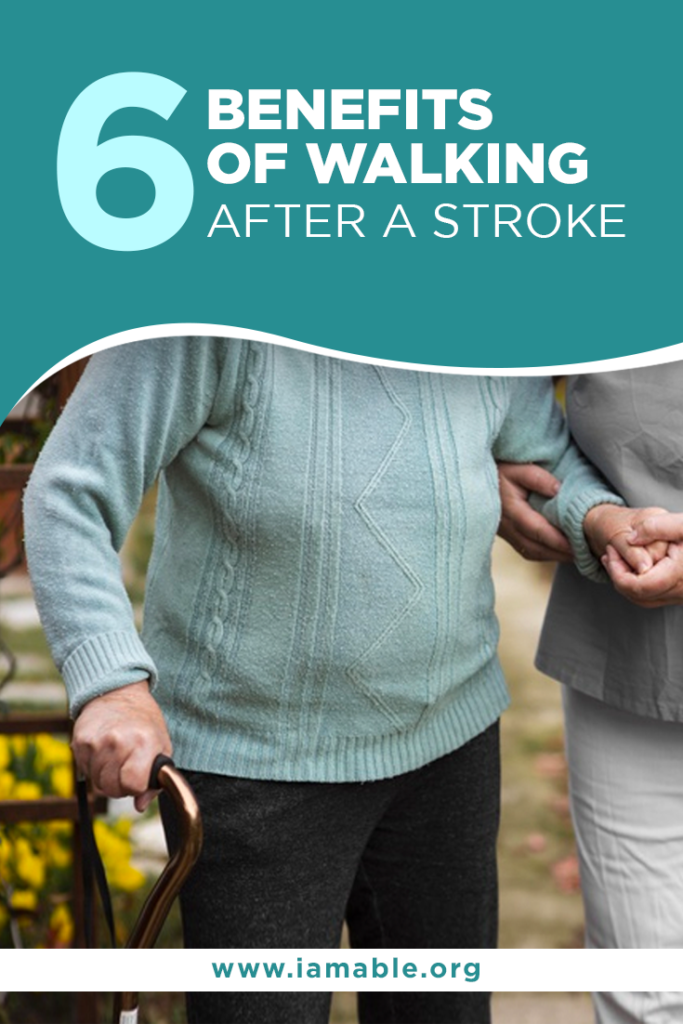Miami, FL 33186

The more research that goes into the link between walking and stroke recovery, the more scientists see the correlation. Whether you are looking to increase your strength, improve your stamina, or enhance your balance, walking can help. However, walking can often be a dangerous activity in the wake of a stroke. This is especially true if you are dealing with some paralysis. That is why Lokomat therapy may play a key role in speeding up stroke recovery.
Today, we are going to take a closer look at the connection between walking and improving stroke recovery outcomes. Then we will introduce you to Lokomat therapy and why this is an excellent option for gait retraining following a stroke.
There are a number of reasons that walking is beneficial for people in general. These benefits can mean even more to a stroke survivor who is trying to optimize their recovery and maximize their ability to remain independent. Here are six main benefits that come from walking.
With all these benefits in mind, let’s look at a study that reveals the benefits of walking after a stroke are real.
Researchers in a Jamaican University split a group of 128 stroke survivors between brisk walking outdoors and therapeutic massage to see which group would recover faster. What were the results? The walking group recovery rate included the following physical and emotional benefits:
Now that you understand the benefits of walking after a stroke and can visualize the improvements with a clinical study, the next step is to do it. How can you safely exercise after a stroke? Lokomat therapy can help. We want to introduce you to this exciting advancement in activity-based therapy.
The Lokomat is a gait retraining therapy that involves a robotic treadmill. A weight support system allows a patient to suspend above the treadmill. Robotic legs strap to the patient’s legs and assist in the walking process. Thus, there is no risk of falling, and the patient can walk at their own pace, with the machine making up for any deficiencies.
A therapist will control the walking functions to allow a patient to perform as much of the activity as possible. In this manner, you can walk longer and safer with no risk to the physical therapist either. They don’t have to worry about catching a falling patient and risking their own safety. Plus, the Lokomat software allows the therapist to customize a plan for each patient to meet specific needs and goals.
Augmented performance feedback allows 19 additional exercises to challenge patients who make good progress. The monitor provides for simulations such as avoiding an obstacle in the path or trying to approach a moving object. The software then generates reports that clearly show a patient’s progress over time.
For rapid stroke recovery, you need to work with an activity-based therapy center like iAM ABLE in Miami, Florida. We are proud to have the only Lokomat Therapy device in the area, which adds to our facility’s state-of-the-art advantages.
While the activity-based therapy center that you choose for your recovery can make a difference in your recovery speed and extent, part of the process is up to you. Being mentally prepared for a challenge is a must. That is why we offer an eBook that you can download and start reading right away. It is entitled 7 Unbelievably Important Steps to Take to Thrive after Paralysis.
Getting into the right mental state is a must if you want to optimize your recovery outcomes. So whether your paralysis is due to a stroke or any other injury or illness, taking these seven steps is a crucial part of your recovery process. Download your book today and get started tackling the challenges head-on!
Grab our free e-book 7 Unbelievably Important Steps to Take to THRIVE after Paralysis by clicking the image below.
